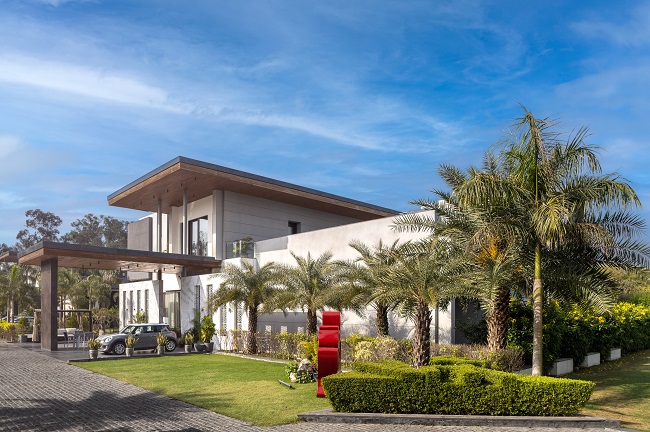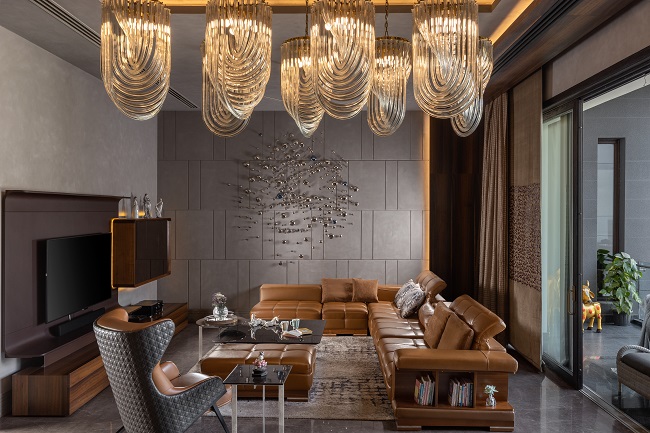“Design Deconstruct places sustainability at the forefront of architectural practice. We integrate eco-friendly materials and innovative design solutions to optimize space in compact living environments. Embracing biophilic principles enhances well-being while ensuring a harmonious blend of functionality and aesthetics in every project.”
What eco-friendly design strategies or materials do you incorporate to ensure sustainability in your architectural projects?
In our approach to construction, several strategies are employed to enhance sustainability and minimize environmental impact. Firstly, meticulous measures are taken to contain dust within the construction site, ensuring minimal dispersion into the surroundings. Secondly, we leverage passive solar techniques to optimize sunlight exposure, promoting natural warmth in winters and coolness in summers. Additionally, a priority is placed on up-cycling materials wherever feasible, thereby reducing waste and maximizing resource utilization. Through these initiatives, we strive to not only minimize our ecological footprint but also foster a more sustainable and responsible approach to construction practices.

What innovative design solutions do you employ to optimize space and functionality in compact living environments?
In addressing the constraints of compact spaces, our approach prioritizes openness and functionality without compromising on client needs. By strategically planning layouts, we maximize available space while maintaining a sense of roominess. A cohesive color theme is adhered to, with layers of similar tones incorporated into the design scheme to visually expand the space. Additionally, multifunctional furniture and clever storage solutions are integrated to optimize functionality and versatility. Through these design strategies, we aim to create compact living environments that feel spacious, welcoming, and tailored to the unique requirements of our clients, ensuring both aesthetic appeal and practical usability.

In what ways does basophilic design enhance the overall ambiance and well-being of occupants in architectural spaces?
Biophilic design continues to gain prominence, recognizing the intrinsic connection between nature and human well-being. By integrating natural elements into our habitats, even in small ways, we experience reduced stress levels, as supported by research. Furthermore, these designs contribute to improved air quality and increased exposure to sunlight, enhancing overall health and vitality. As awareness grows about the benefits of biophilic design, it becomes increasingly integral to architectural practice, fostering environments that not only promote physical health but also nurture emotional well-being and connection to the natural world.

How has technological integration transformed the way architects and designers approach their projects?
The evolution of our approach has been remarkable, thanks to the pioneering efforts of our predecessors and the advancements in technology. Over my 10 years in the industry, I’ve witnessed significant progress, enabling greater transparency and efficiency in our work. With advanced tools, we can now track project progress more effectively, manage costs efficiently, and access a wider array of materials and vendors. This technological transformation has not only streamlined our processes but also empowered us to deliver projects more seamlessly, meeting the evolving needs and expectations of our clients with greater precision and agility.

How do cultural elements influence your design process, and how do you incorporate them into your architectural creations?
Our cultural heritage is the essence of our identity and roots, shaping our design principles since time immemorial. With diverse cultural influences every few hundred kilometres in India; we celebrate this rich tapestry by integrating cultural elements into our designs. Whether it’s through furniture choices or styling elements, we take pride in showcasing our clients’ cultural heritage. It’s a testament to our commitment to preserving and honouring the traditions that define us, ensuring that each project reflects the unique cultural identity of its inhabitants while paying homage to the rich cultural diversity of our land.


